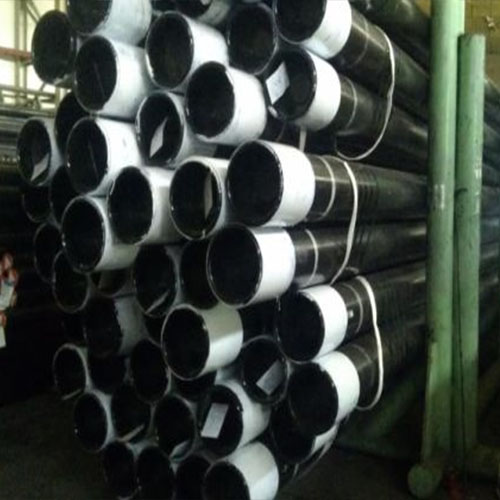Advantages of Using G-Type Slip casing Hanger in Oil and gas Wells
In the oil and gas industry, the use of casing hangers is crucial for ensuring the integrity and stability of wellbore casings. One type of casing hanger that is commonly used in oil and gas wells is the G-type slip casing hanger. This type of casing hanger offers several advantages over other types of casing hangers, making it a popular choice among oil and gas operators.
One of the main advantages of using a G-type slip casing hanger is its ability to provide a secure and reliable connection between the casing and the wellhead. The G-type slip casing hanger is designed with slips that grip the casing firmly, preventing any movement or slippage during the drilling and completion process. This ensures that the casing remains in place and maintains its integrity, even under high pressure and temperature conditions.
Another advantage of the G-type slip casing hanger is its versatility and ease of installation. The design of the G-type slip casing hanger allows for quick and easy installation, saving time and labor costs during the drilling and completion process. Additionally, the G-type slip casing hanger can accommodate a wide range of casing sizes, making it suitable for a variety of wellbore configurations.
In addition to its secure connection and ease of installation, the G-type slip casing hanger also offers superior load-bearing capacity. The slips on the G-type casing hanger are designed to distribute the load evenly across the casing, reducing stress and preventing damage to the casing and wellhead. This ensures that the casing can withstand the weight of the wellbore fluids and any other external forces that may be exerted on it.
Furthermore, the G-type slip casing hanger is designed to provide a tight seal between the casing and the wellhead, preventing any leaks or fluid migration. This helps to maintain wellbore integrity and prevent contamination of the surrounding environment. The tight seal also helps to prevent corrosion and other damage to the casing and wellhead, extending the life of the well and reducing maintenance costs.
domestic oil Pipe fittings

Overall, the G-type slip casing hanger offers a number of advantages that make it an ideal choice for oil and gas operators looking to ensure the integrity and stability of their wellbores. Its secure connection, ease of installation, load-bearing capacity, and tight seal all contribute to its effectiveness in maintaining wellbore integrity and preventing leaks and other issues. By choosing to use a G-type slip casing hanger in their oil and gas wells, operators can ensure the long-term success and sustainability of their operations.
Step-by-Step guide on Installing G-Type Slip Casing Hanger in Wellbore
A G-type slip casing hanger is a critical component in the oil and gas industry, used to support and hang casing strings in a wellbore. Installing a G-type slip casing hanger requires precision and attention to detail to ensure the casing is properly supported and secured in the wellbore. In this step-by-step guide, we will walk you through the process of installing a G-type slip casing hanger in a wellbore.
The first step in installing a G-type slip casing hanger is to prepare the wellbore for casing installation. This involves cleaning out the wellbore and ensuring that it is free of any obstructions or debris that could interfere with the casing installation process. Once the wellbore is prepared, the next step is to run the casing string into the wellbore.
As the casing string is run into the wellbore, the G-type slip casing hanger is attached to the casing string at the desired depth. The slip casing hanger is designed to grip the casing string and provide support as it is lowered into the wellbore. Once the casing string is in position, the slip casing hanger is set by applying weight to the casing string, causing the slips to engage with the wellbore wall.
After the slip casing hanger is set, the next step is to test the hanger to ensure that it is securely in place and able to support the weight of the casing string. This is done by applying pressure to the casing string and checking for any movement or slippage of the hanger. If the hanger passes the test, the next step is to cement the casing string in place.
oil pipeline company,cementing the casing string involves pumping cement down the casing string and into the annulus between the casing and the wellbore wall. This creates a secure bond between the casing string and the wellbore, providing additional support and stability. Once the casing string is cemented in place, the final step is to release the slip casing hanger.
oil pipe plasticReleasing the slip casing hanger involves applying tension to the casing string, causing the slips to disengage from the wellbore wall. The casing string can then be further lowered into the wellbore, with the slip casing hanger remaining in place to support the weight of the casing string. With the slip casing hanger successfully installed and the casing string securely in place, the wellbore is now ready for further completion operations.
In conclusion, installing a G-type slip casing hanger in a wellbore is a critical step in the casing installation process. By following this step-by-step guide, you can ensure that the slip casing hanger is properly installed and able to support the casing string in the wellbore. With attention to detail and precision, you can successfully install a G-type slip casing hanger and ensure the integrity and stability of the wellbore.
